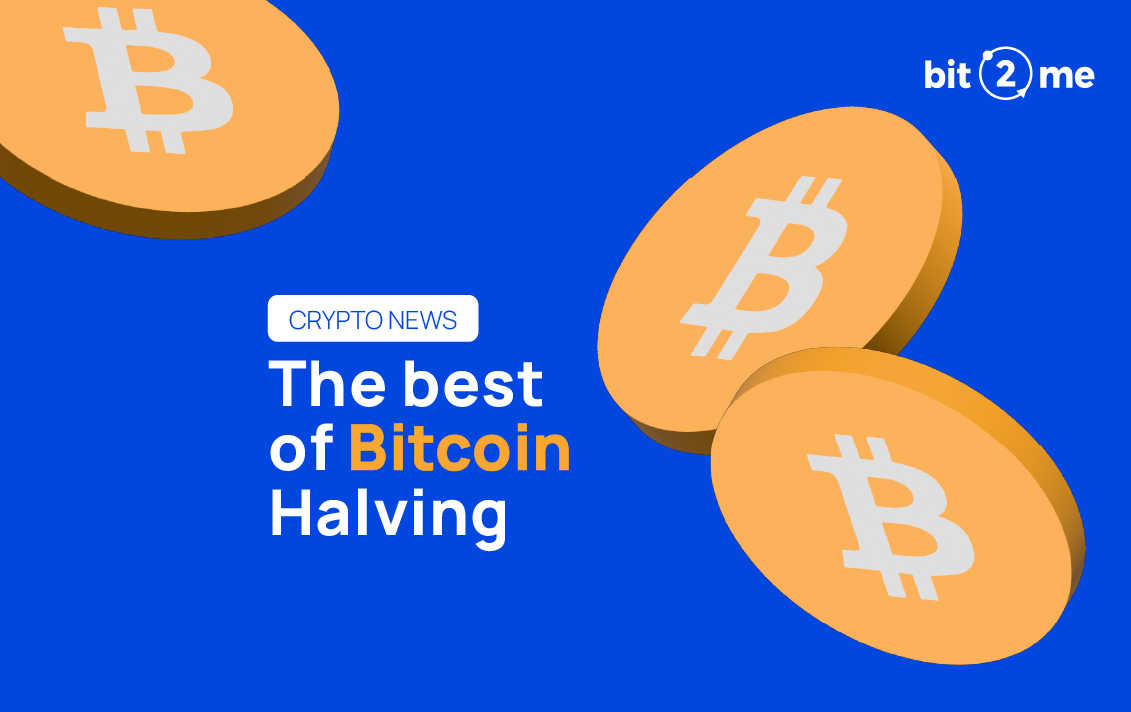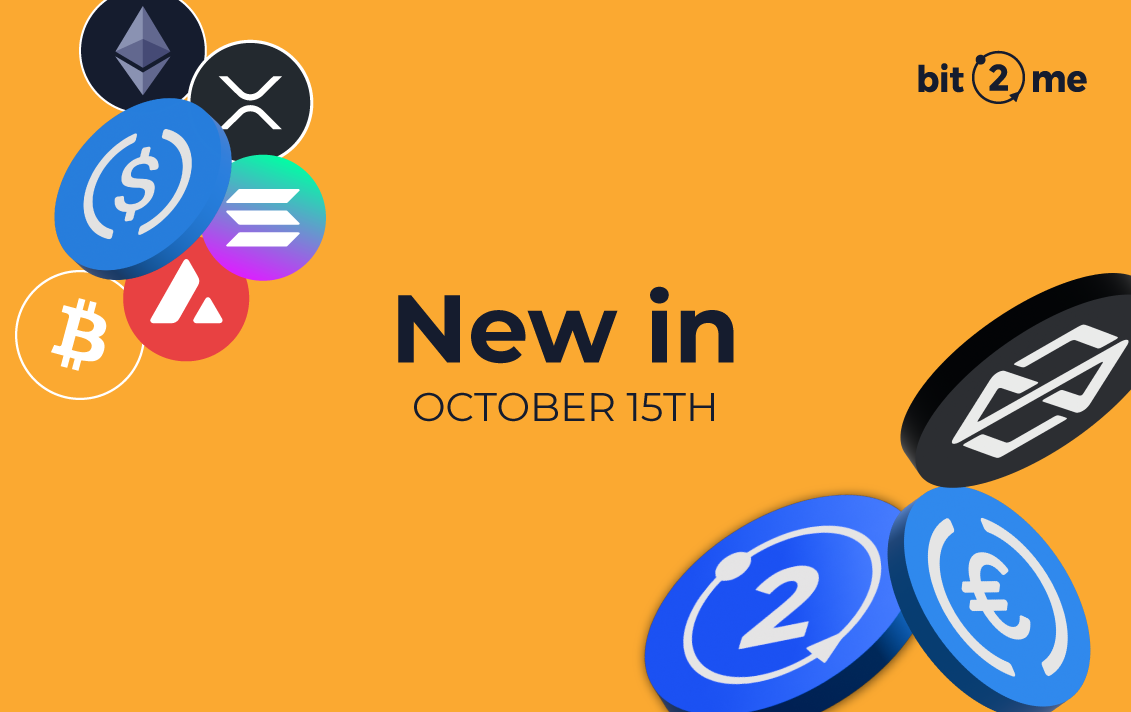Happy fourth Bitcoin Halving to all!
After waiting for a long time, the fifth era of Bitcoin is finally beginning.
On Saturday, April 20 at 2:09 AM (UTC+2), at block number 840,000, the fourth Bitcoin Halving took place, reducing the mining rewards to 3,125 BTC, as established in Bitcoin’s own protocol.
What can you expect now? Most experts agree that Bitcoin will replicate its post-halving behavior.
Some, like Pablo Gil, point out that it is reasonable to expect that, after the fourth halving, the price of Bitcoin will continue to rise towards the $90,000 or $100,000 mark. For the trading expert, it is this expectation that is driving buyers.
Although it is impossible to know for certain what will happen, the increase in cryptocurrency adoption, especially by large investment firms through spot Bitcoin ETFs, makes the community and experts optimistic about the medium and long-term future of Bitcoin.
5 reasons why this halving has been different from previous ones
Surely it’s not the first time you’ve read this, this Halving has been different from all the previous ones, and not just because of Bitcoin ETFs.
Here are 5 reasons why this Halving has been different from previous ones:
Spot Bitcoin ETFs
This is perhaps the main difference from previous halvings.
According to analysts like Eric Balchunas from Bloomberg, spot Bitcoin ETFs have had a “smashing success” and have reflected a surge in demand for Bitcoin.
Since their approval, the combined ETFs have accumulated 220,000 BTC, about $14 billion.
BlackRock is the main player in this scenario, going from holding 2,621 BTC on the day of launch to over 273,140 BTC on April 18.
Greater adoption
The cryptocurrency user base has grown by 400% since the last halving, adding nearly 400 million new users to reach 580 million (according to Crypto.com’s report).
Focusing on Bitcoin, four years ago the estimated user figure was 71 million, while now it is estimated that there are around 219 million users, a 208% increase.
Rise prior to the halving
One of the main differences from the previous 3 halvings is that, for the first time, Bitcoin was rising in the months leading up to the Halving.
Bitcoin reached a new all-time high several weeks before the halving, something that usually happens in the months following the event.
Better Miners
The rally prior to the halving has had a positive impact on BTC miners, who have been better able to control mining costs.
Currently, large mining companies have better control over electricity prices, as well as much lower debt.
Furthermore, since 2020, the use of renewable energies has increased significantly, now representing 54.5% of total mining consumption, according to Bitcoin ESG Forecast.
Bitcoin is safer
The Bitcoin network is more decentralized and secure than in 2020, when almost all BTC was mined in China.
Currently, the network is more decentralized. In 2020, China accounted for 80% of the hashrate. In February 2024, the US accounted for almost 40%, while Russia and China represent 12% and 15% respectively, according to Hashlab Mining.
This decentralization continues as companies seek emerging markets in Asia and Latin America.
These five points are very positive for the future of Bitcoin, as we have a much stronger, distributed network that is more resistant to attacks.
The Halving block, the most expensive in history
The highest fee in Bitcoin’s history is found in block 840,000, the Halving block, with a fee of 37.7 BTC (about $2.4 million).
The reason for these high fees was the launch of RUNES, a new Bitcoin protocol that allows for the registration of NFTs and the creation of fungible tokens on Bitcoin, which was launched in the same Halving block.
The block included 3,050 transactions, meaning each user paid an average of about $800.
Fees remained high for several blocks but began to drop from block 840,200 (according to mempool).
Although it may not seem like it, the high fee price is positive for the future, as Bitcoin miners are incentivized to continue mining, despite the reduced block reward.
How can you prepare for the new era of Bitcoin?
A great tactic for accumulating cryptocurrencies and preparing for the post-Halving cycle of Bitcoin is the Dollar Cost Averaging (DCA) strategy, which you can easily do through our Recurring Purchases tool.
This way, you can divide the purchase into smaller portions that are made over the period of time you specify.
For example, you can set up a Recurring Purchase of €50 over 4 days, instead of a single purchase of €200. This reduces volatility and averages out, accumulating more BTC when the price is lower.




